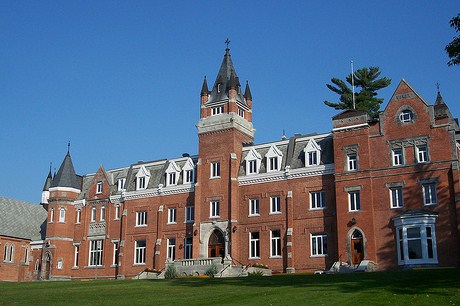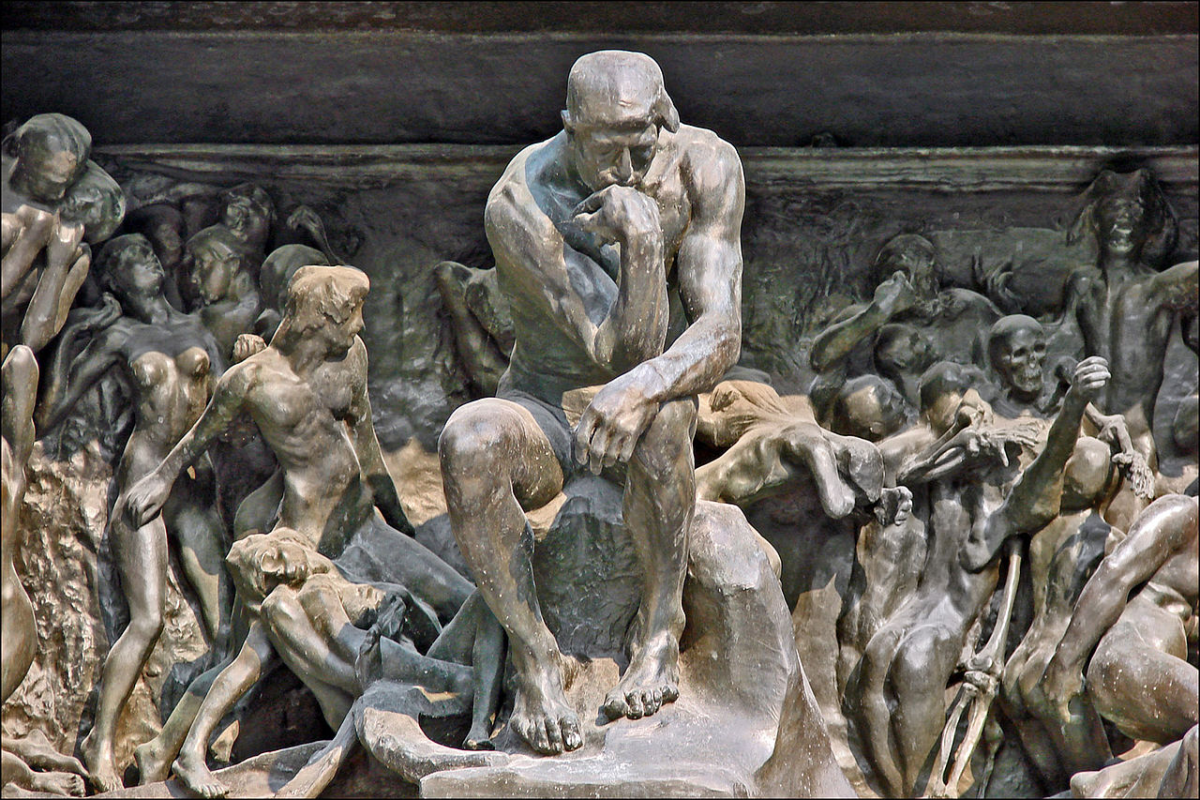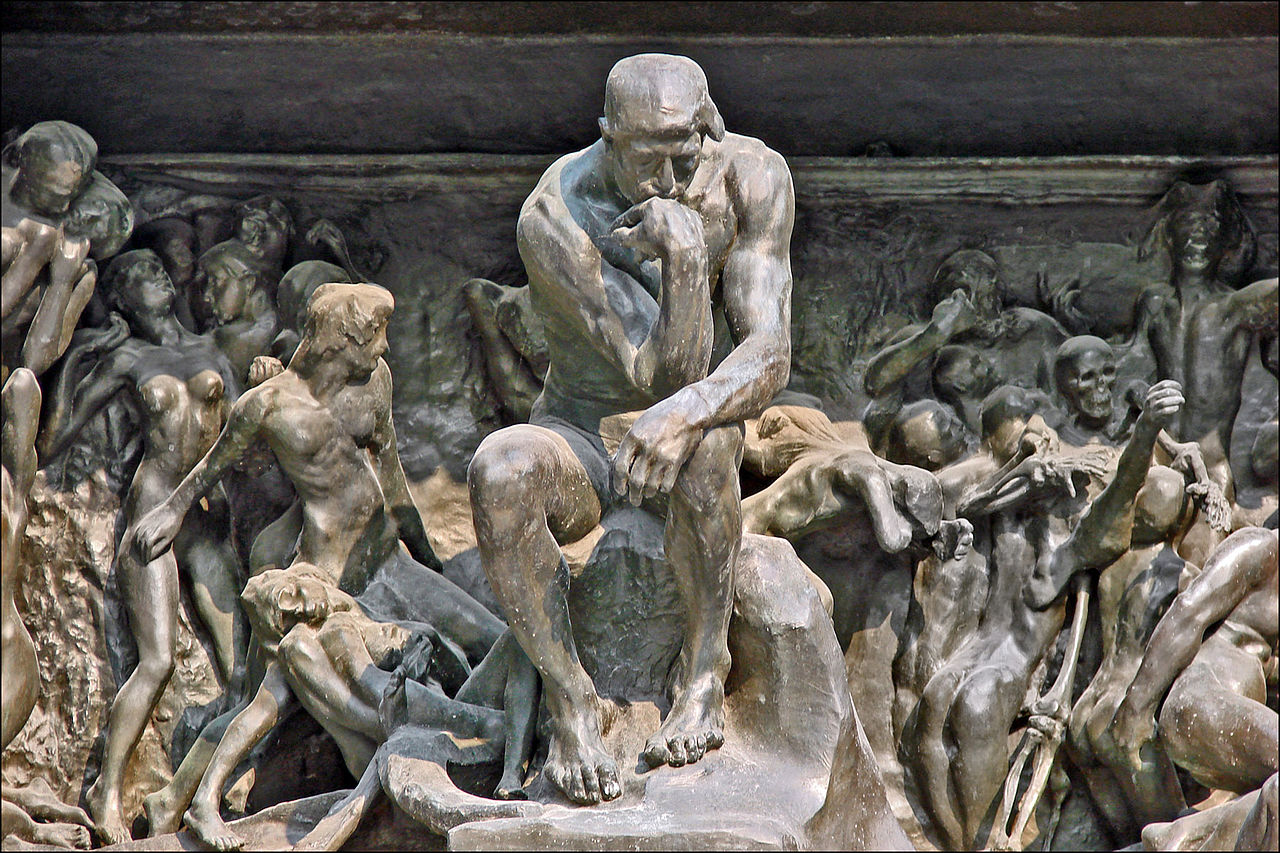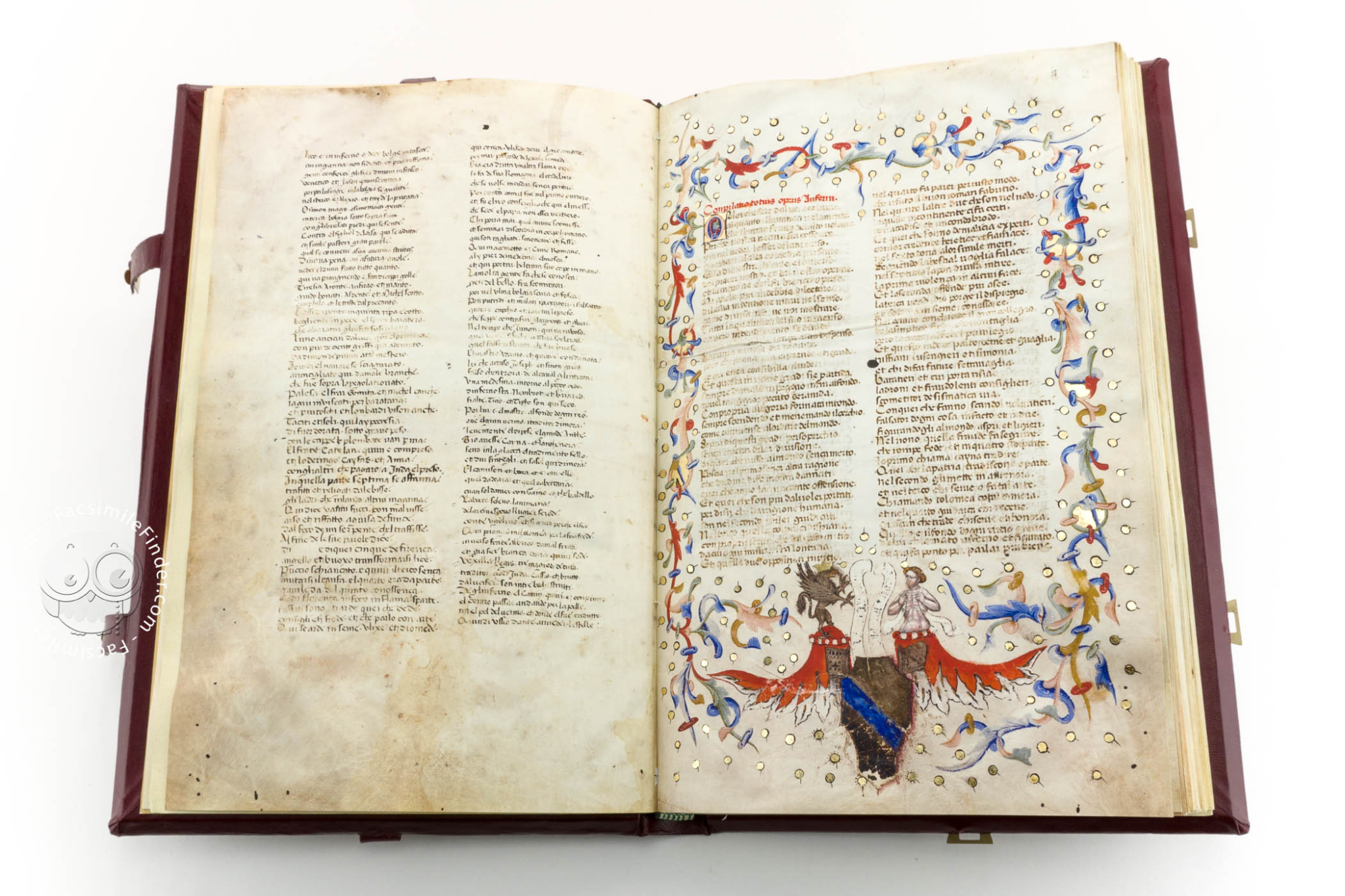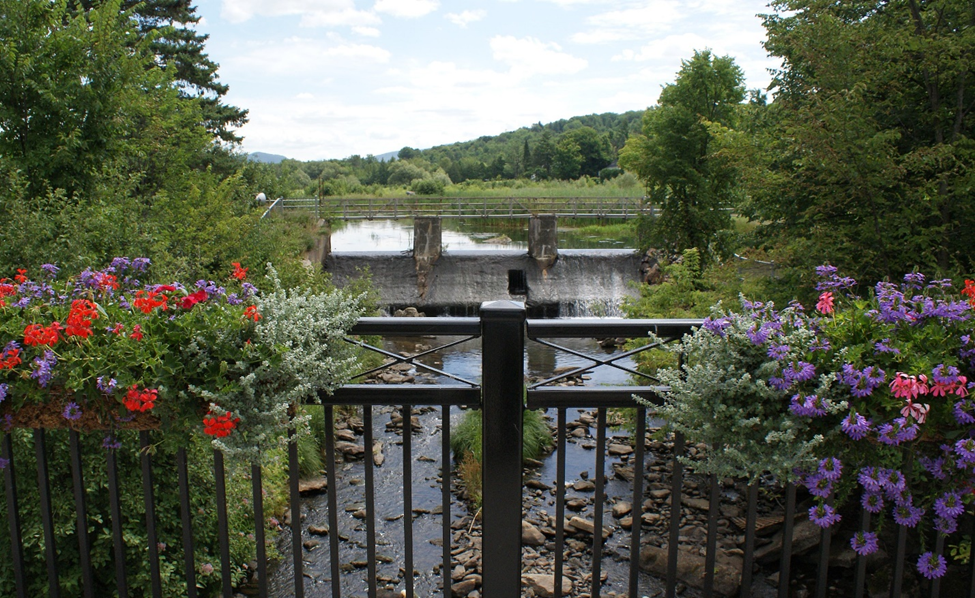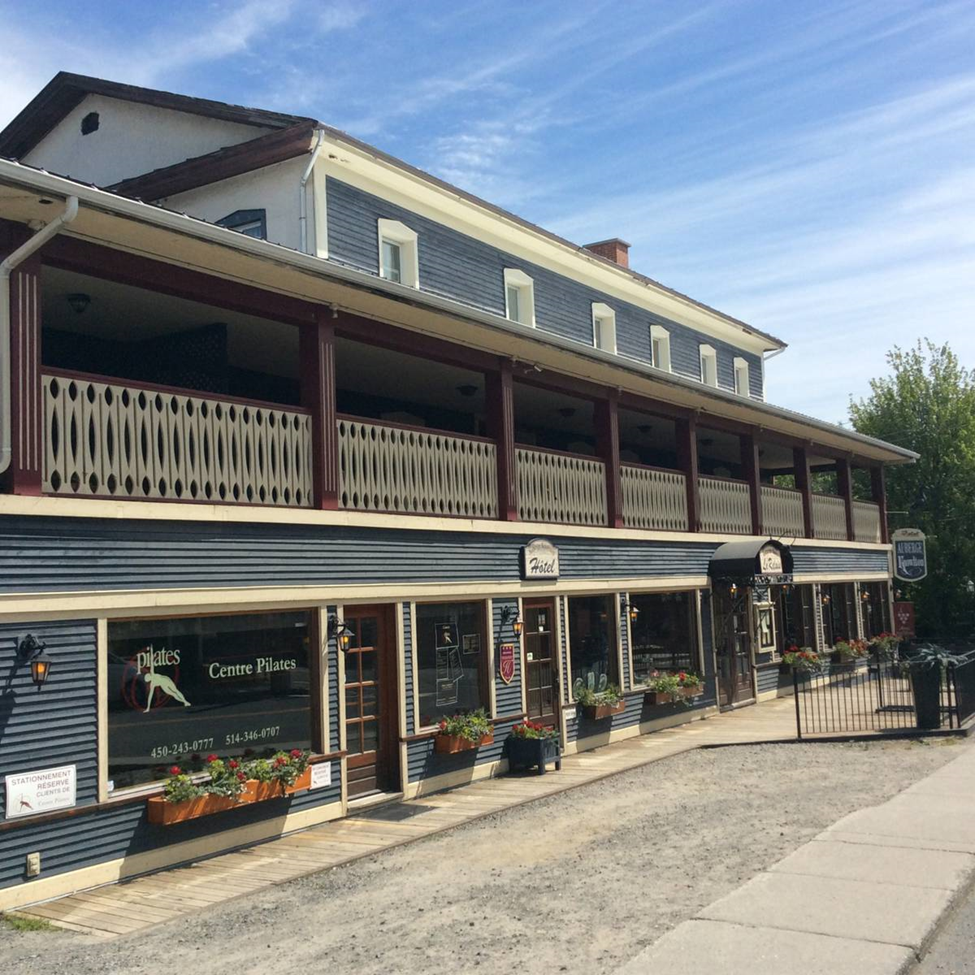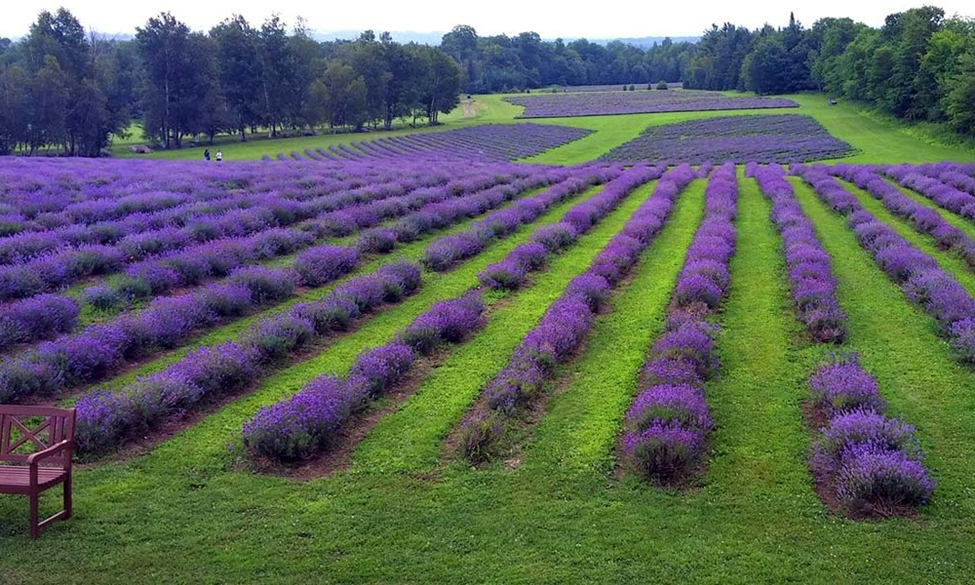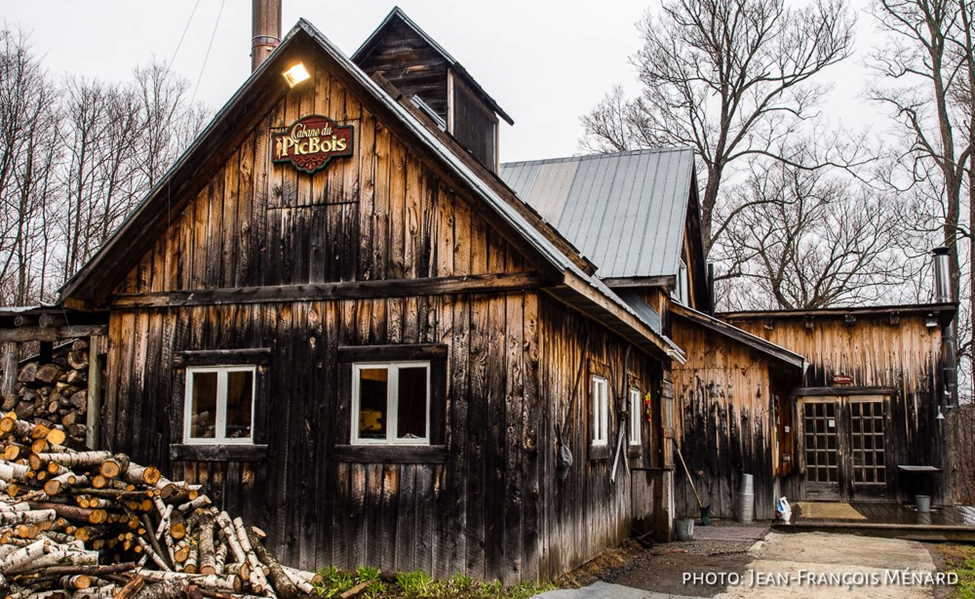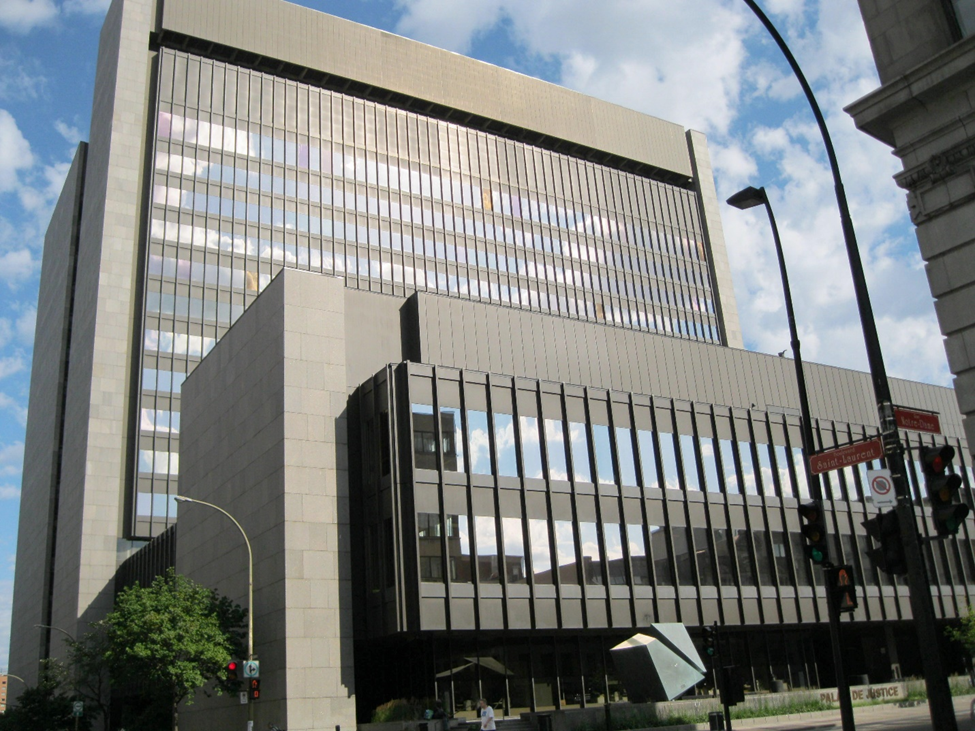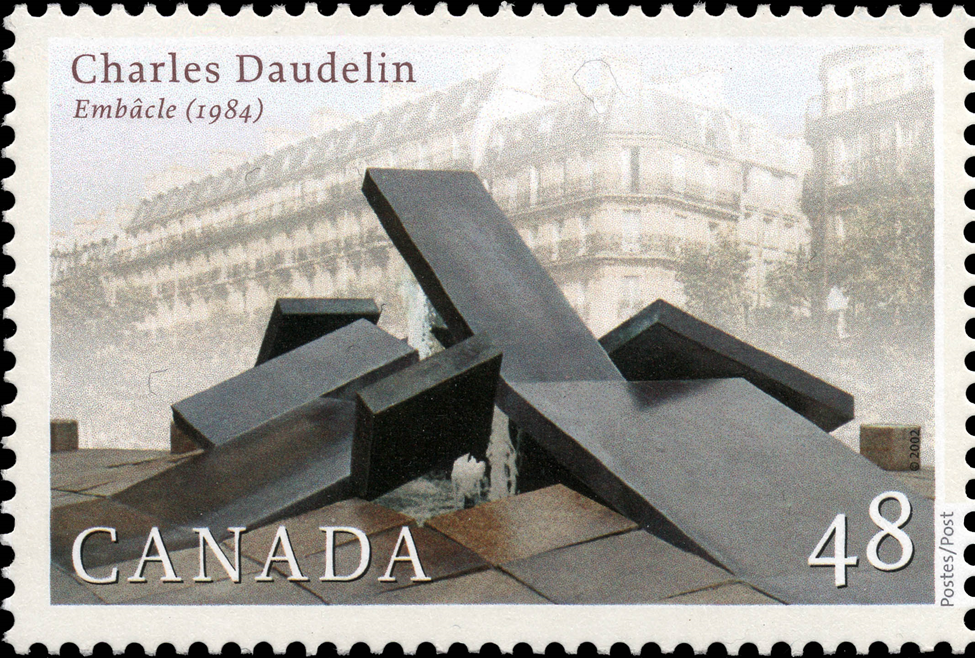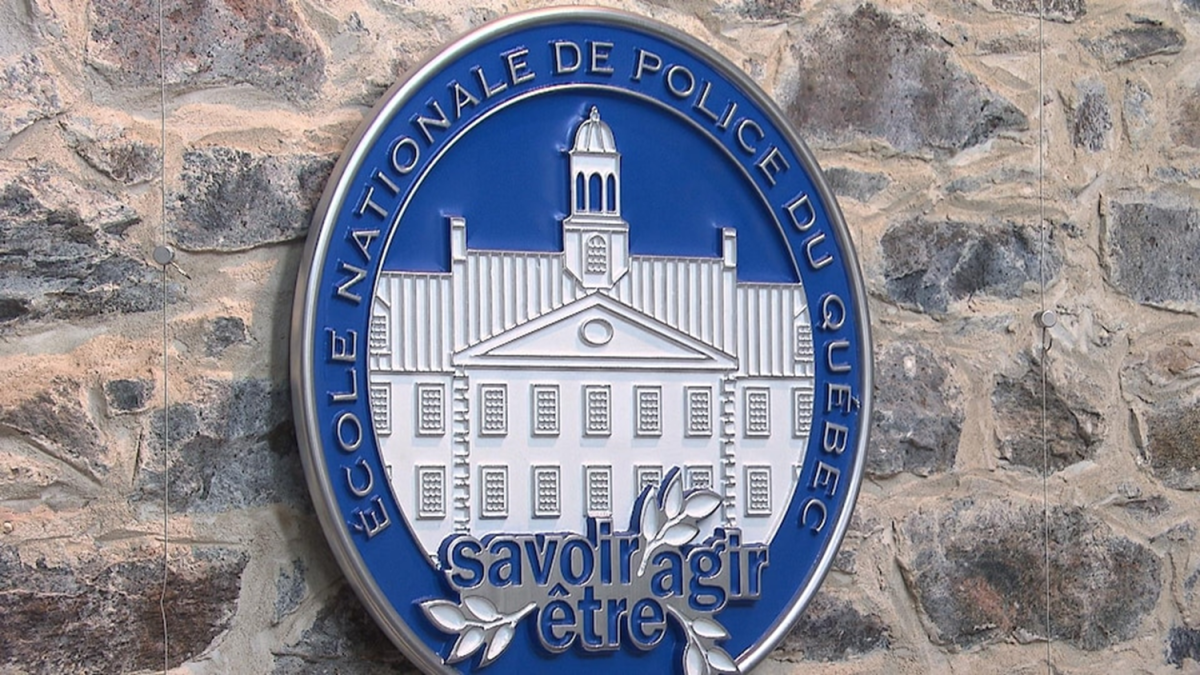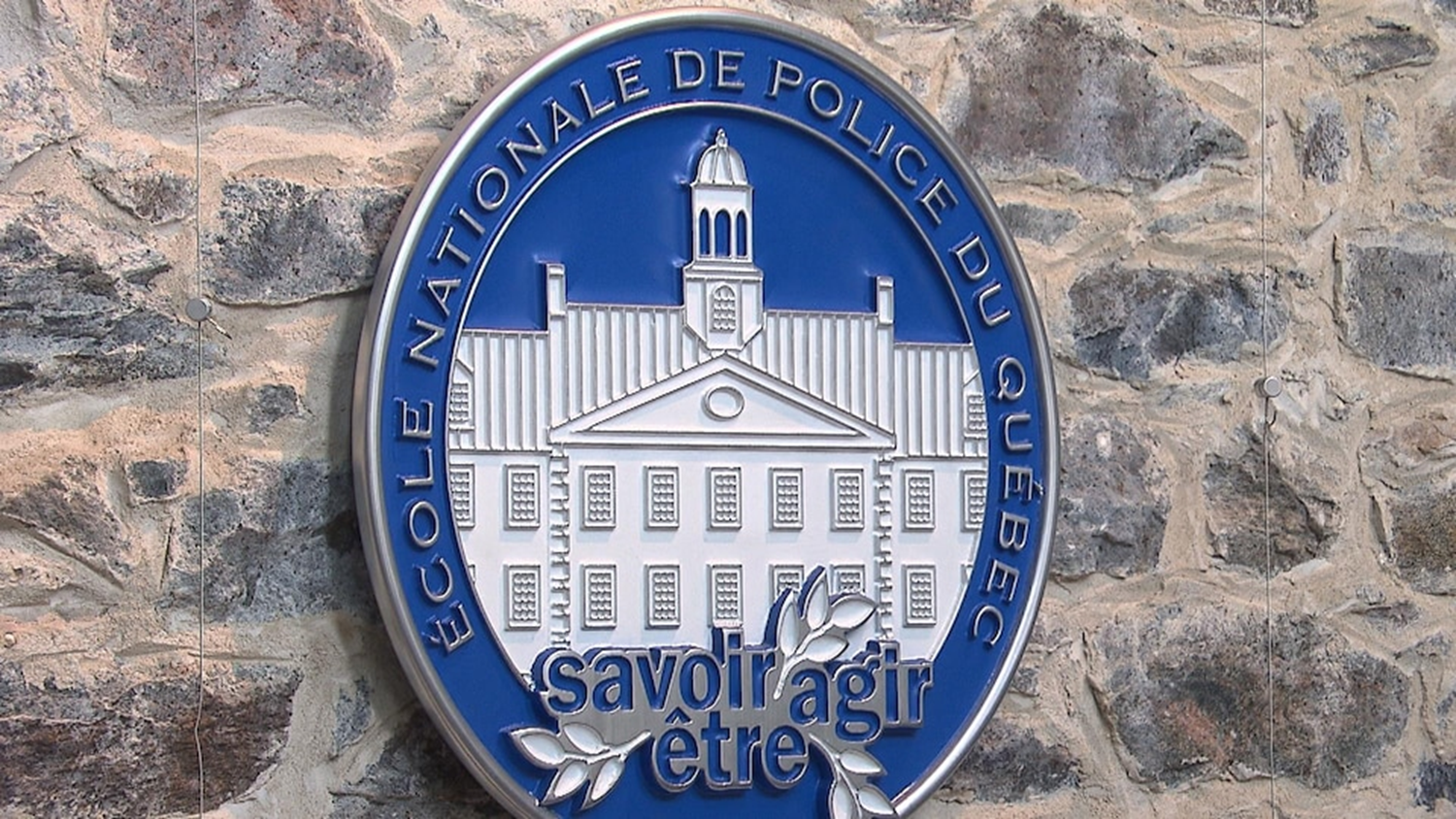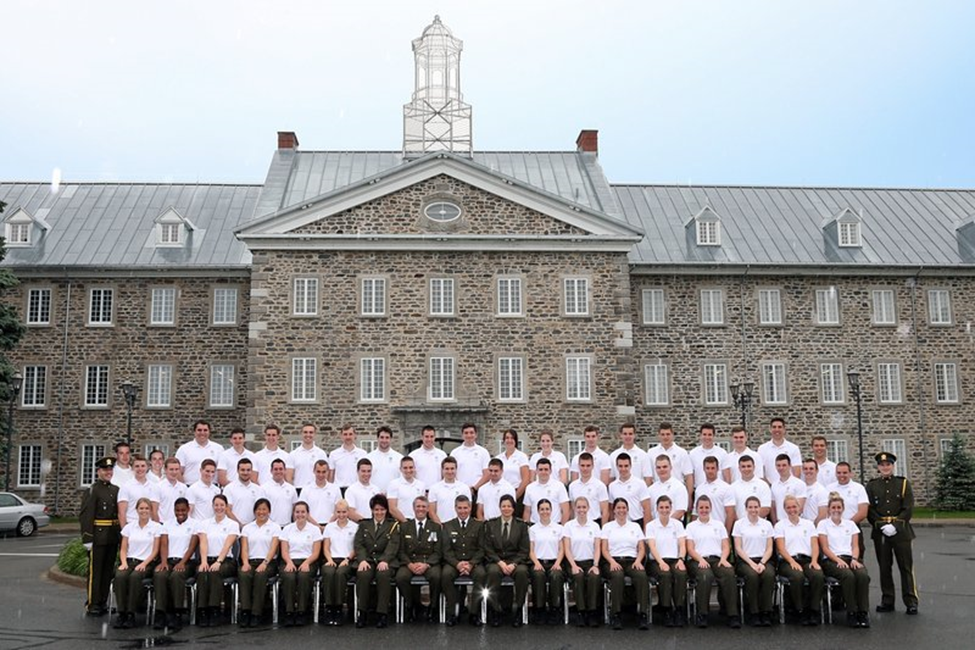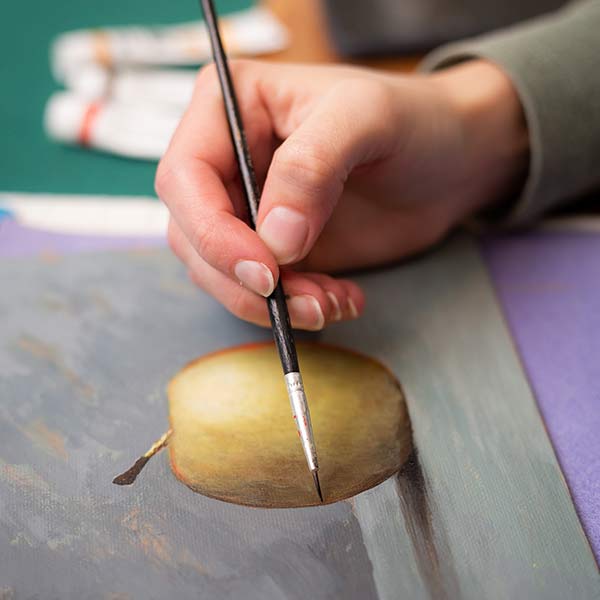wcag heading
From Pg. 1:
Miss Jane Neal met her maker in the early morning mist of Thanksgiving Sunday. It was pretty much a surprise all round. Miss Neal’s was not a natural death, unless you’re of the belief everything happens as it’s supposed to. If so, for her seventy-six years Jane Neal had been walking toward this final moment when death met her in the brilliant maple woods on the verge of the village of Three Pines. She’d fallen spread-eagled, as though making angels in the bright and brittle leaves.
Louise’s Thoughts:
First line of first book. This wasn’t how it originally started. Still Life first started with Jane waking up and making breakfast, but then I realized I wanted to start with both her death, then get to know her life. And I also wanted very clear, immediate sense of place and season.
From Pg. 27:
‘Three Pines … Three Pines,’ he repeated, as he tried to find it. ‘Could it be called something else?’ he asked himself, unable for the first time with this detailed map to find a village. ‘Trois Pins, perhaps?’ No, there was nothing
Louise’s Thoughts:
I’d searched most of my life for ‘home’ and when I found it in Quebec, it felt like magic. It was so important to me to bring that sense of belonging, of Fate, of gentle magic to Three Pines, right off the bat. That it was only ever found by people lost.
From Pg. 44:
Sun poured in through the stained-glass boys in uniforms from the Great War, scattering blues and deep reds and yellows across the pine floor and oak pews. The chapel smelled like every small church Clara had ever known. Pledge and pine and dusty old books.
Louise’s Thoughts:
Haven’t gone back to this passage in 15 years. I hadn’t realized I put in the stained glass boys so early in the series.
From Pg. 51:
Once his eyes adjusted to the inside of the Bistro he saw not the one largish room he’d expected but two rooms, each with its own open fireplace, now crackling with cheery fires. The chairs and tables were a comfortable mishmash of antiques. A few tables had armchairs in faded heirloom materials. Each piece looked as though it had been born there. He’d done enough antique hunting in his life to know good from bad, and that diamond point in the corner with the display of glass and tableware was a rare find. At the back of this room the cash register stood on a long wooden bar. Jars of licorice pipes and twists, cinnamon sticks and bright gummy bears shared the counter with small individual boxes of cereal.
Louise’s Thoughts:
This is so funny! As the series progressed, my image of the bistro evolved. I now see it, and describe it, as one large room, with huge open fireplaces on either end. And yet, so much else is still the same. The long wooden bar. The licorice pipes!
From Pg. 53:
‘A Scotch, please, Marie,’ said Ruth, suddenly deflating and sinking back into the chair. ‘I’m sorry. Forgive me.’
She sounded to Gamache like someone used to apologizing.
‘I suppose I could blame Jane’s death for my poor behavior, but as you’ll discover, I’m just like this. I have no talent for choosing my battles. Life seems, strangely, like a battle to me. The whole thing.’
Louise’s Thoughts:
Again, I see the beginning here, of Ruth, and her evolution. Later in the series she becomes less obviously vulnerable. A person not at all used to apologizing. And yet, the core is here….a woman who sees life as a battle. A woman who does not overtly apologize, but whose amends are more subtle and perhaps, therefore, more powerful. Love seeing this ‘early’ Ruth and knowing who she became.
From Pg. 82:
‘They are four sentences we learn to say, and mean.’ Gamache held up his hand as a fist and raised a finger with each point. ‘I don’t know. I need help. I’m sorry. And one other.’ Gamache thought for a moment but couldn’t bring it to mind. ‘I forget. But we’ll talk more about it tonight, right?’
‘Right, sir. And thank you.’ Oddly enough, she realised she meant it.
After Gamache had left, Nichol brought out her notebook. She hadn’t wanted to take notes while he was talking. She figured it would make her look foolish. Now she quickly wrote: I’m sorry, I don’t know, I need help, I forget.
Louise’s Thoughts:
This brings back memories on so many levels. When asked in events to recite the four sentences, I almost always forget one, as Gamache does here. Those sentences came from the very first time I met Michael. He opened a meeting by reciting them, and I thought….what an extraordinary man. But, on another level, in the book, I knew I wanted some humor, and it just seemed so human, and yet silly, that Nichol would think ‘I forget’ is a sentence that leads to wisdom.
